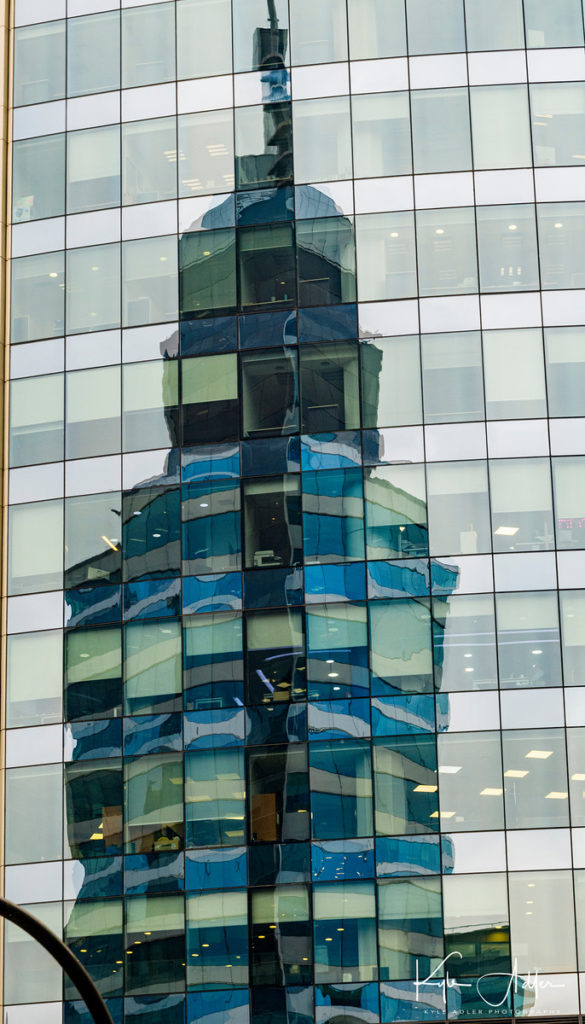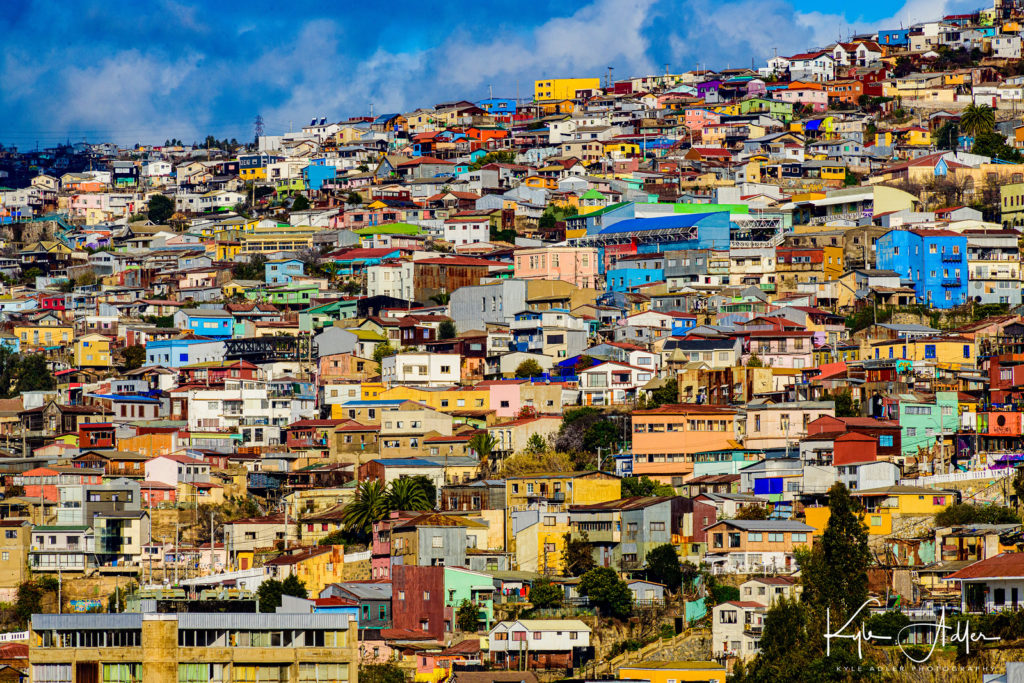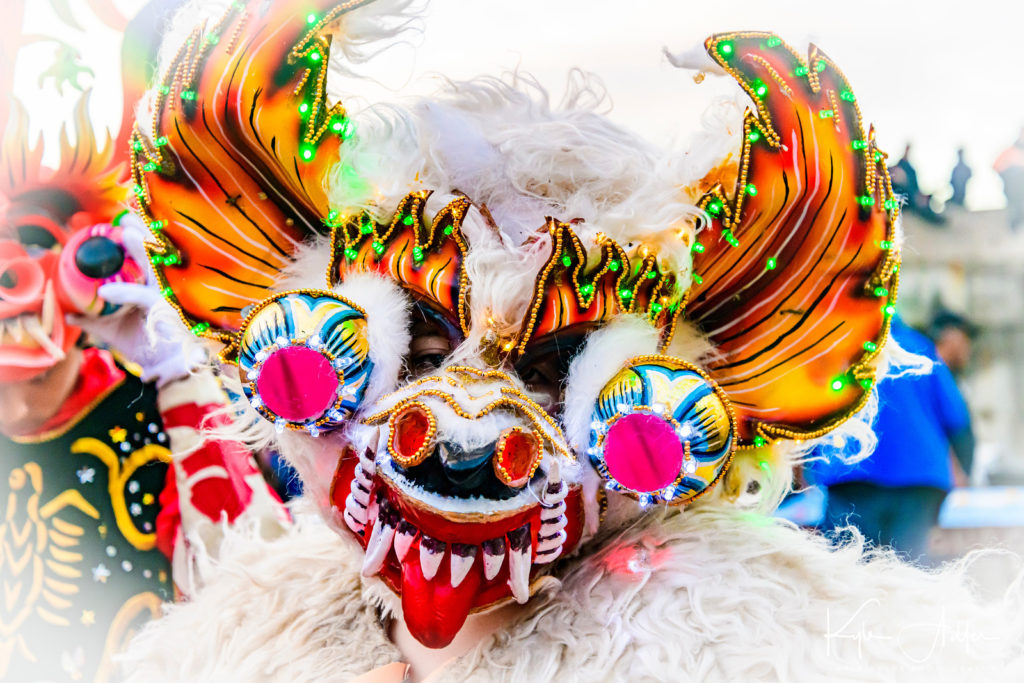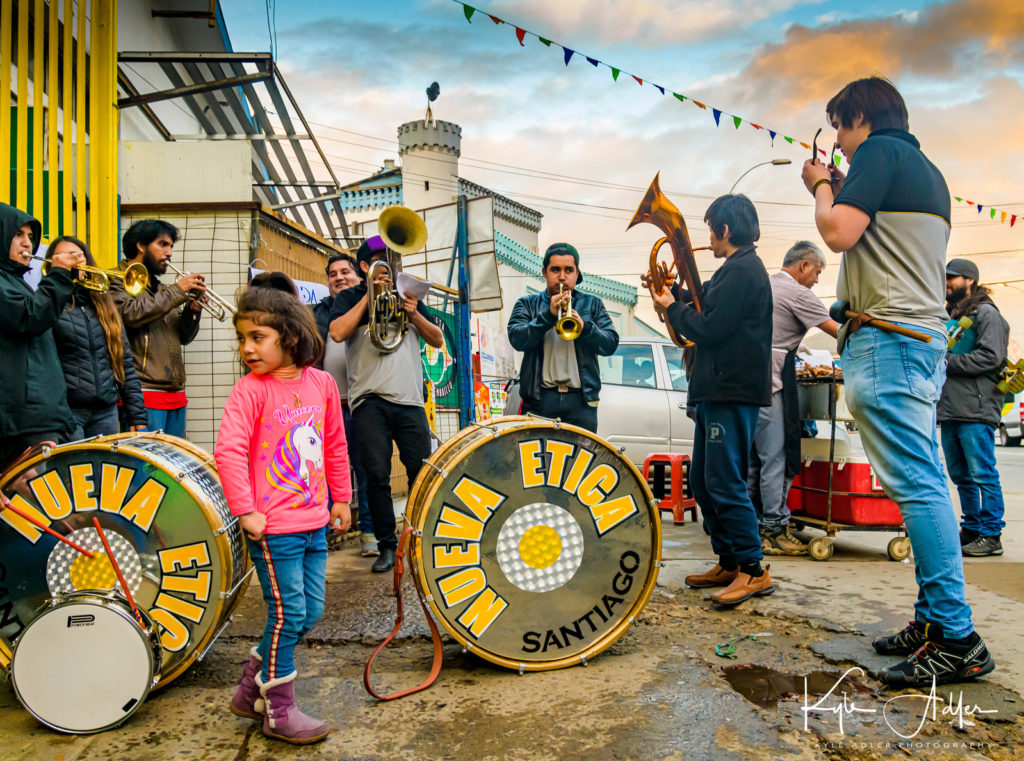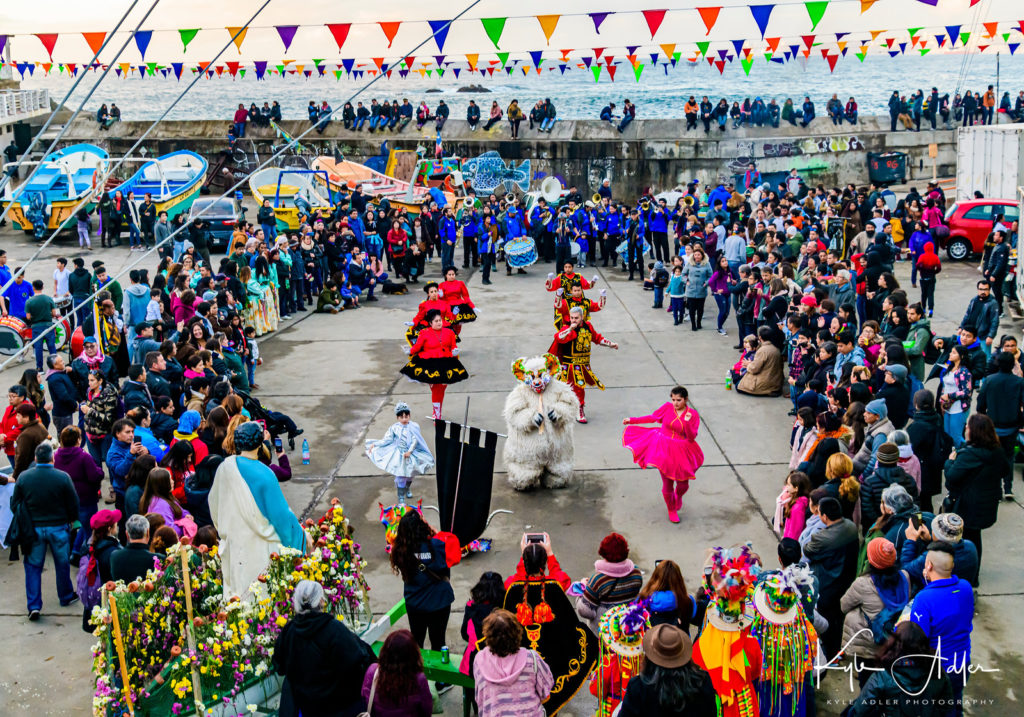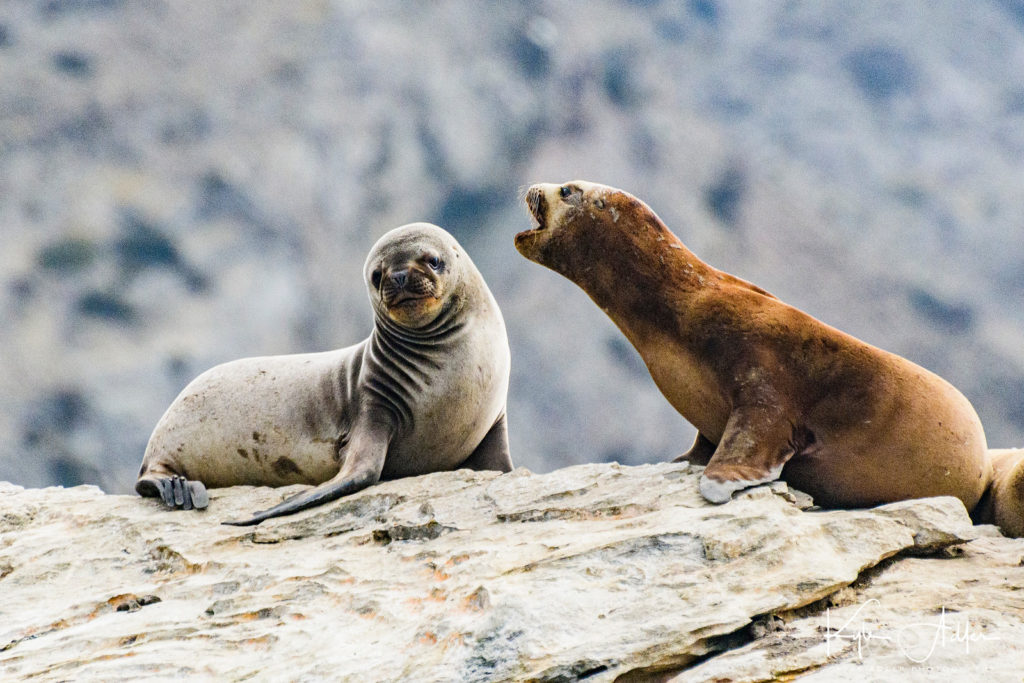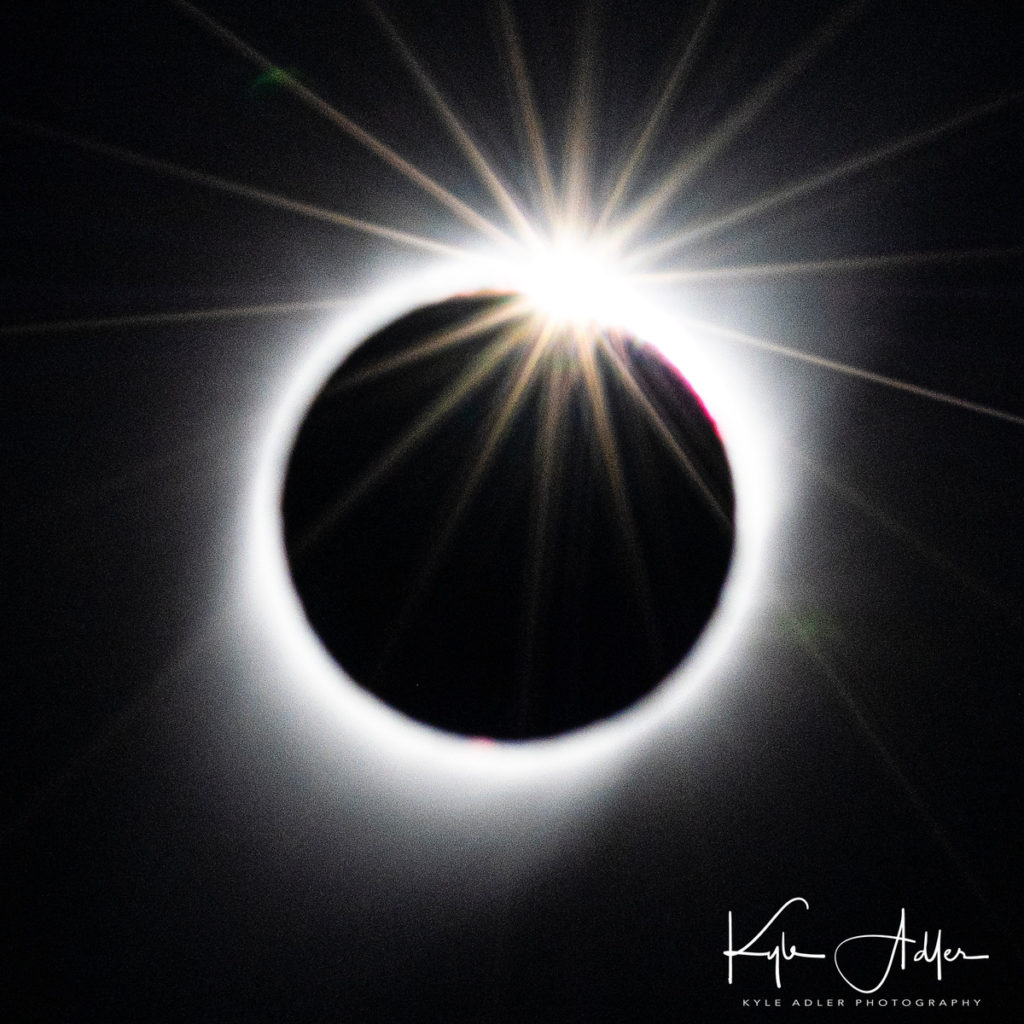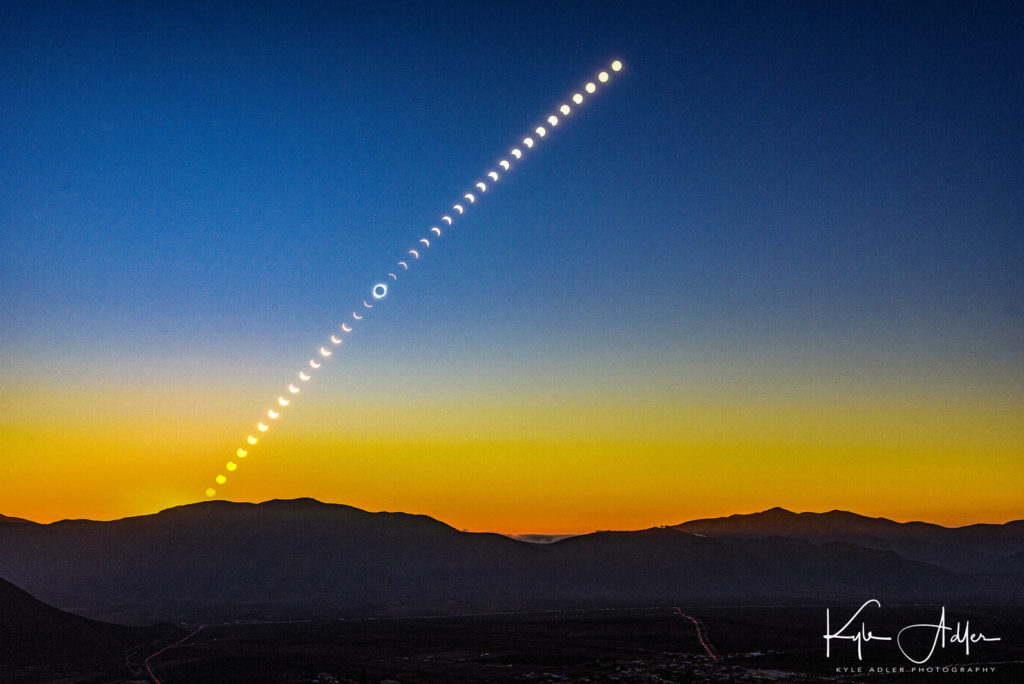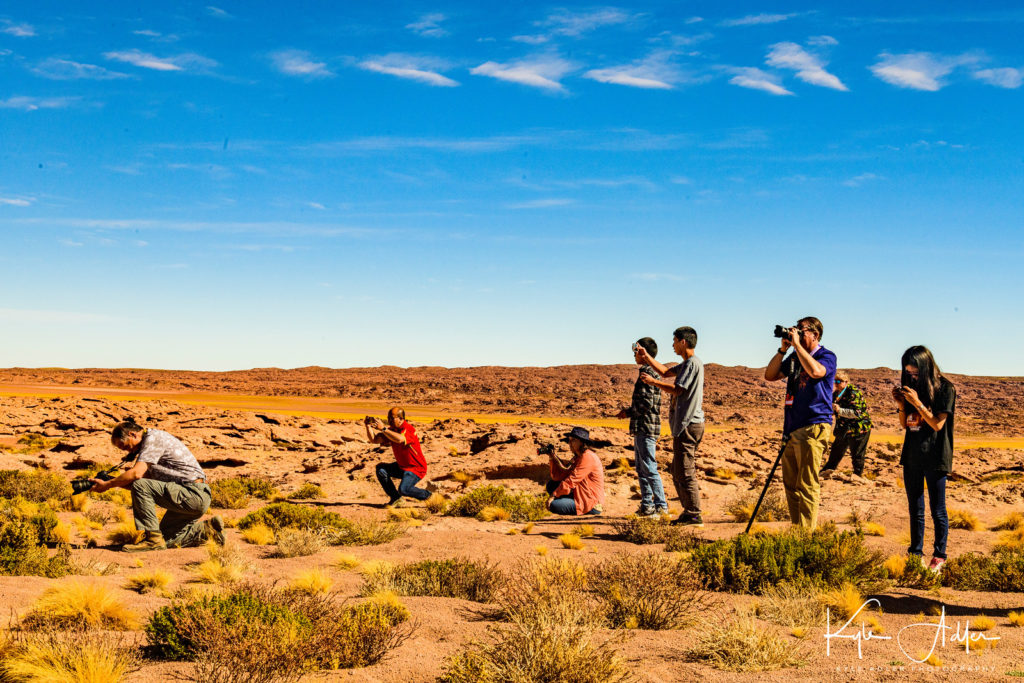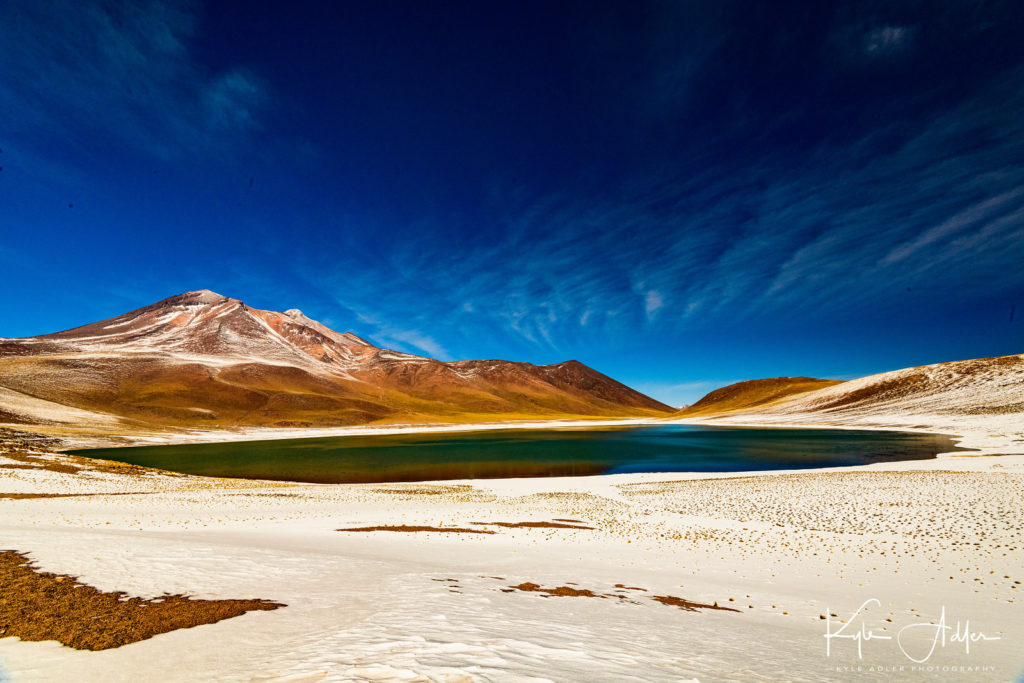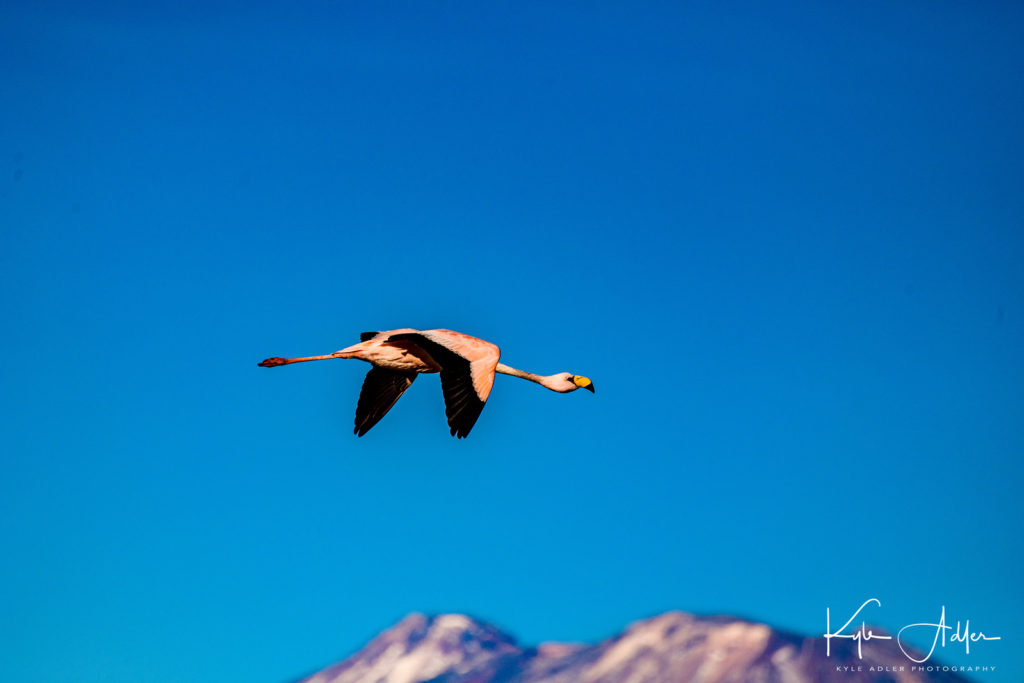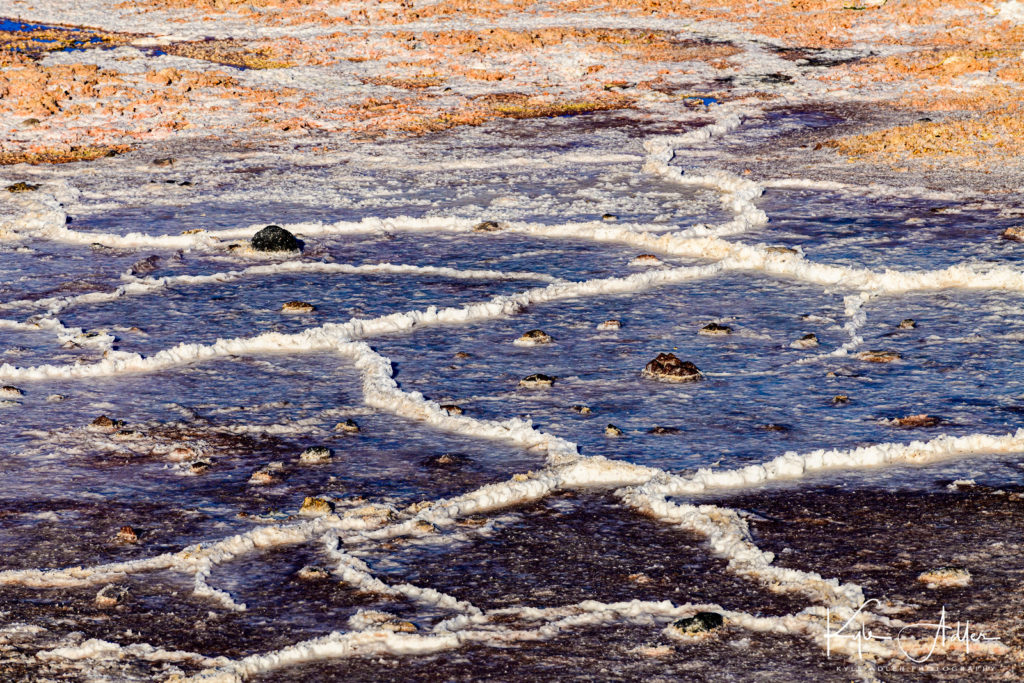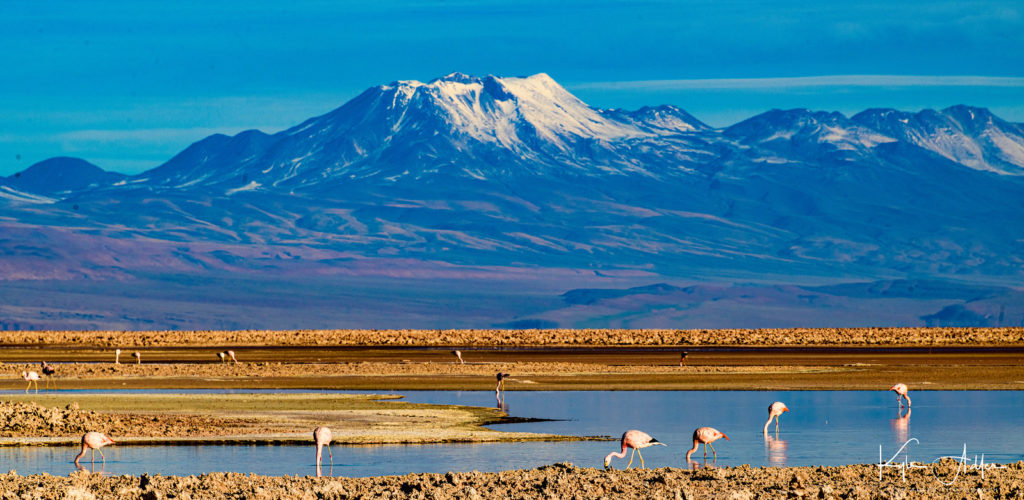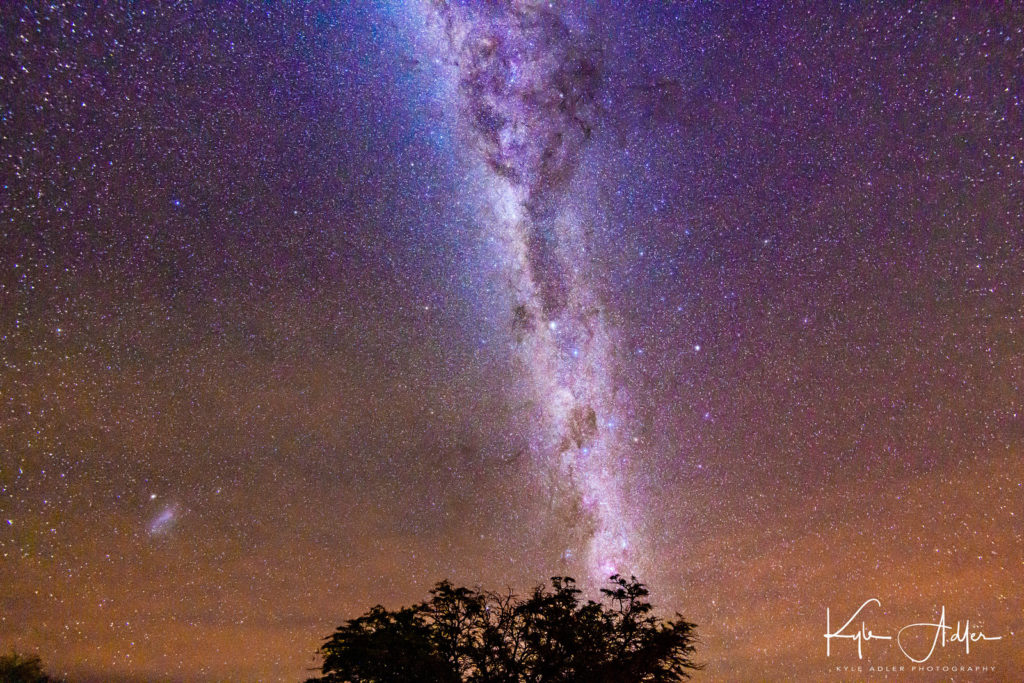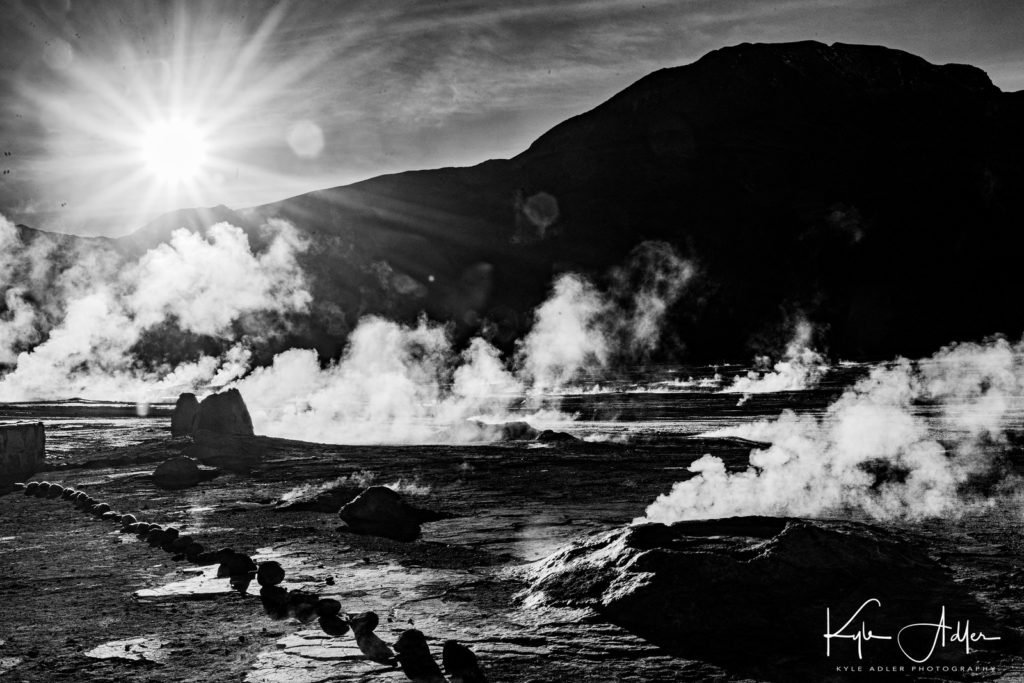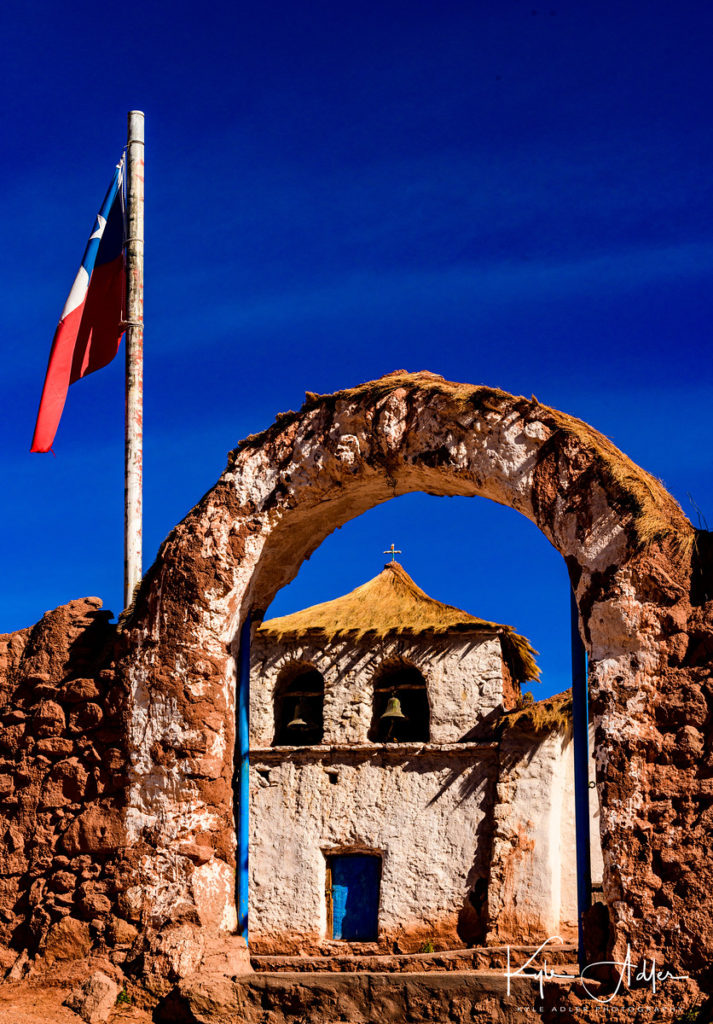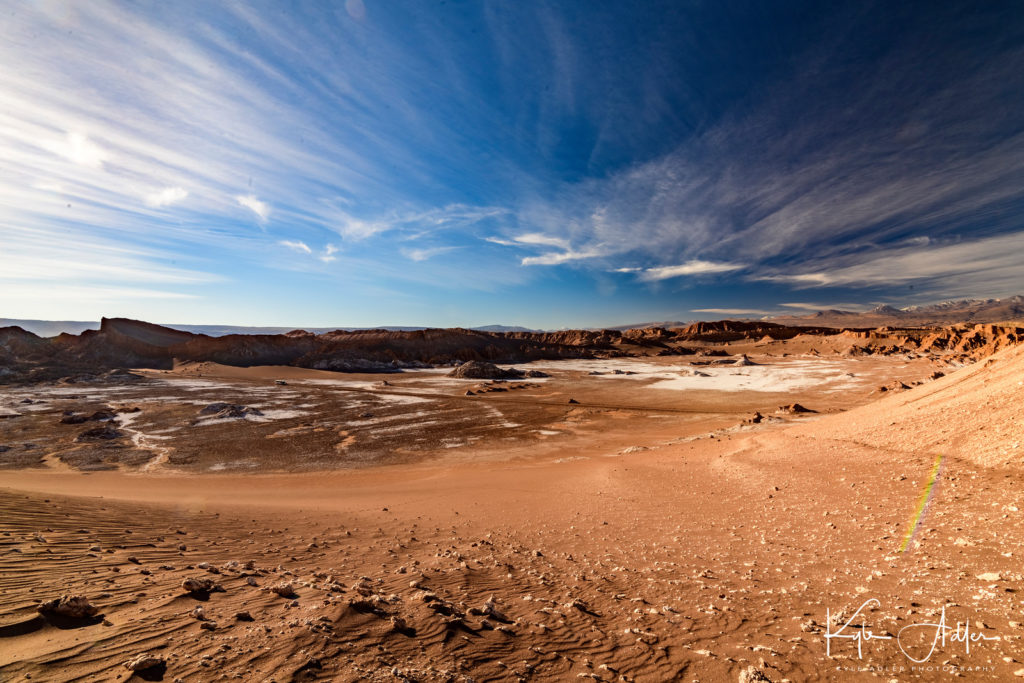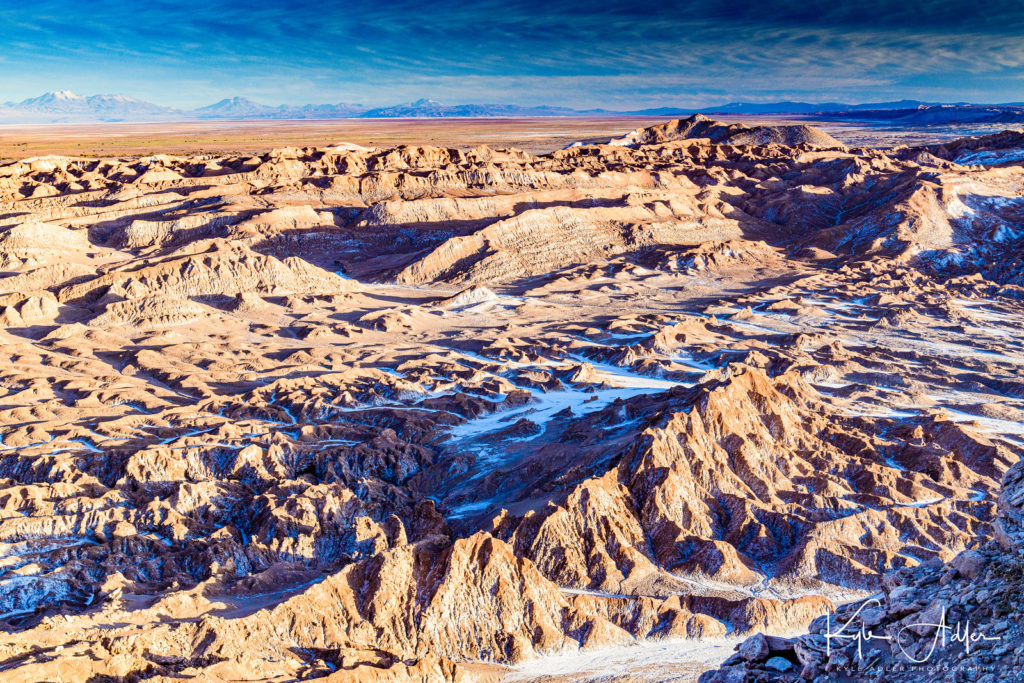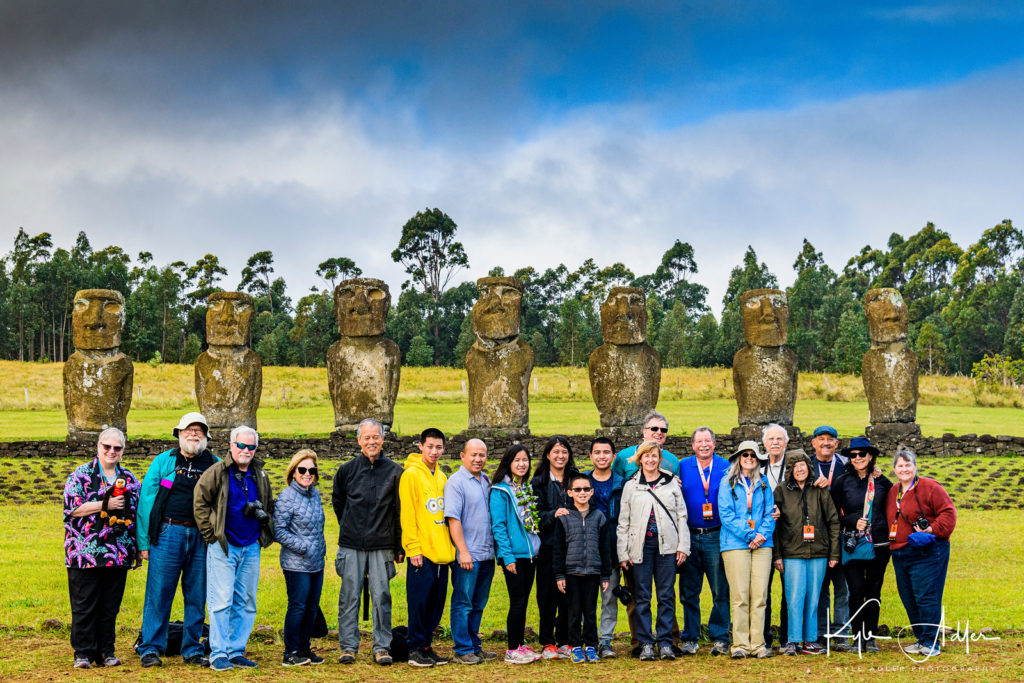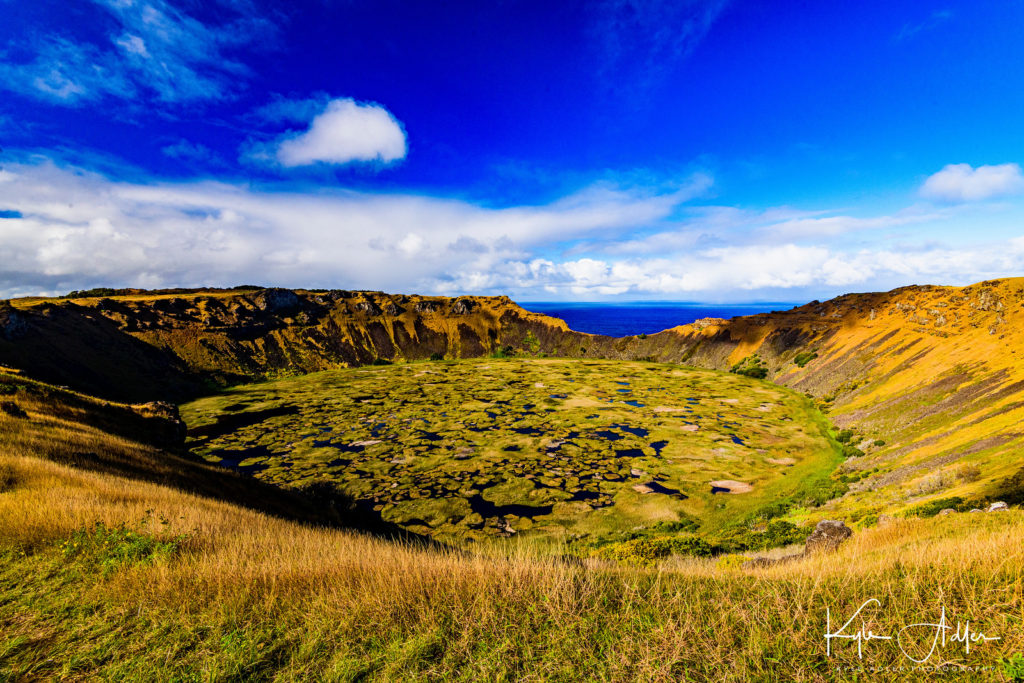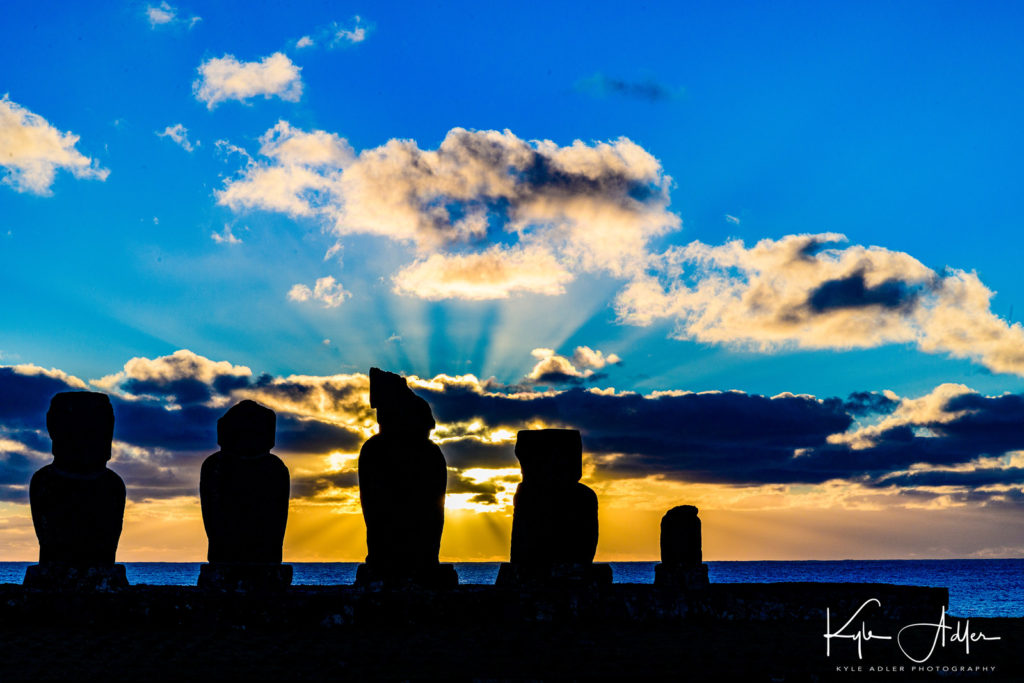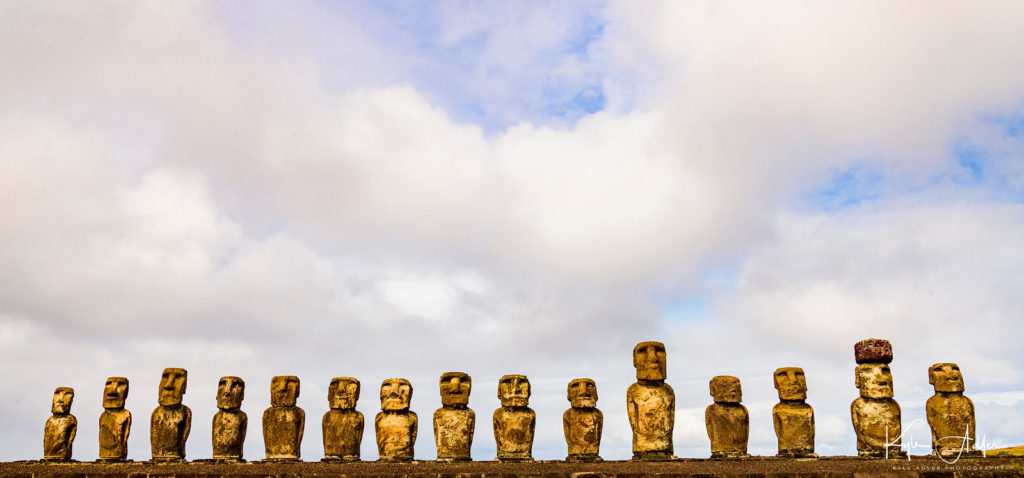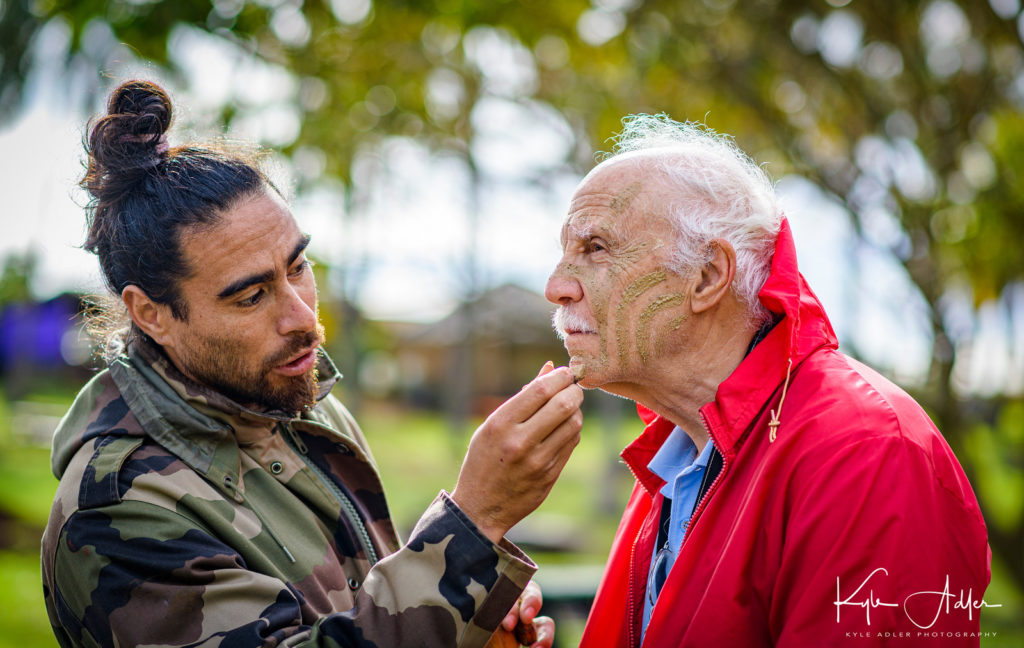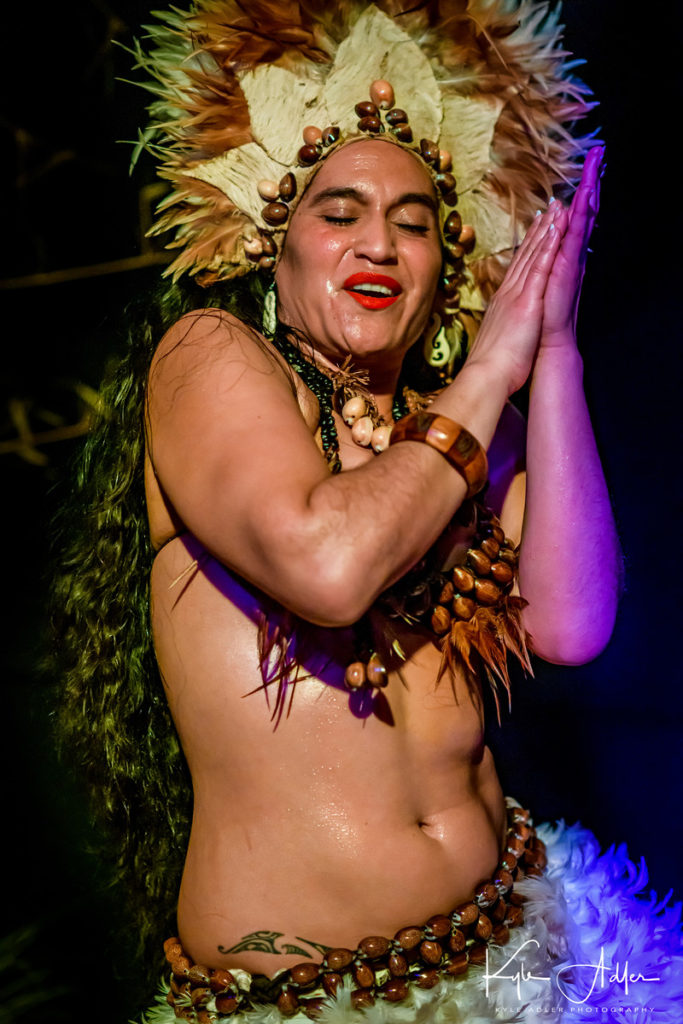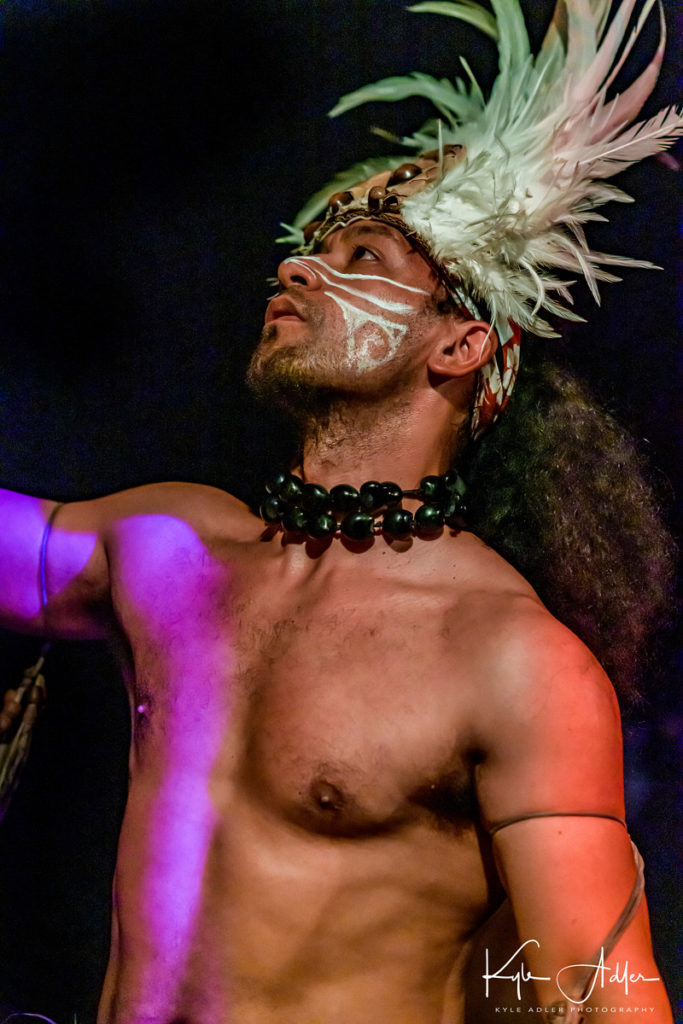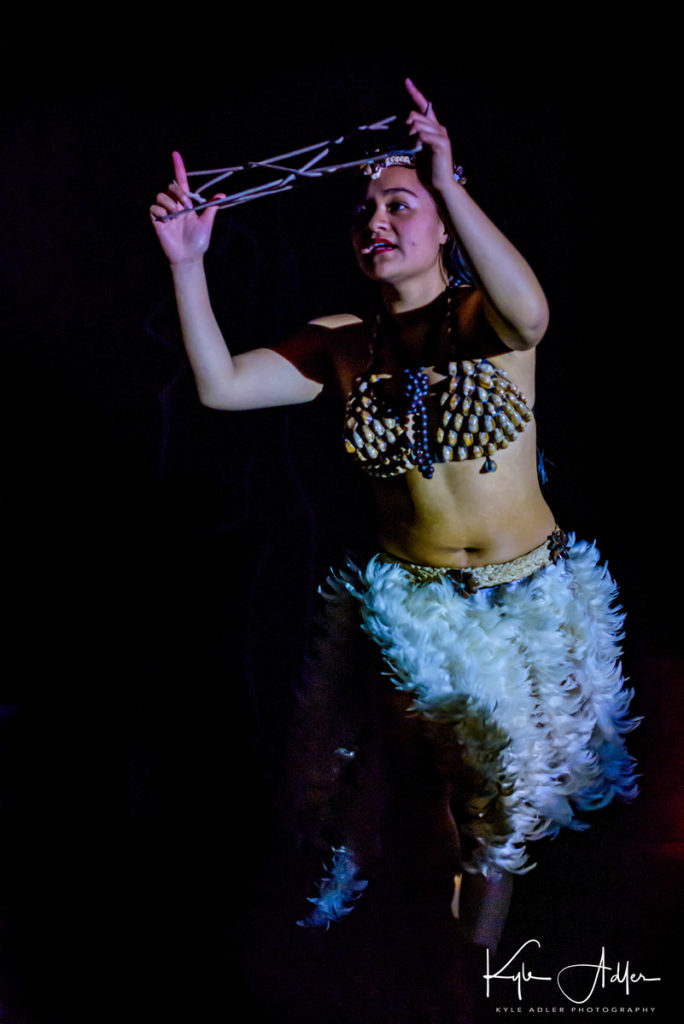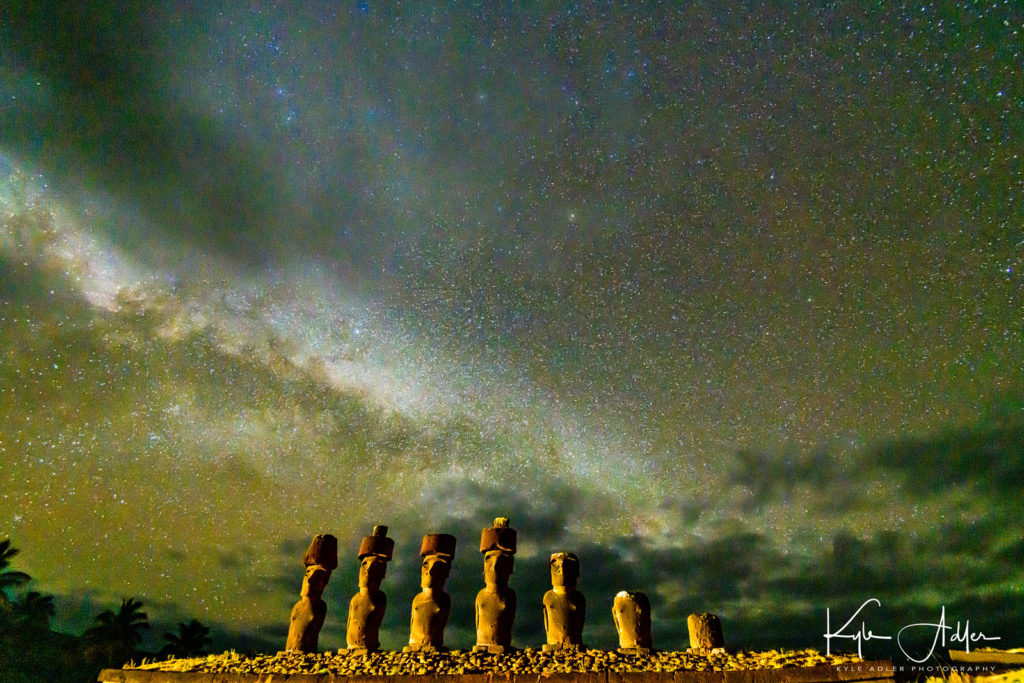There are very few destinations more exciting to us travel photographers than East Africa. My family’s 2.5-week trip to Tanzania, with a brief stroll into Kenya, was a dream come true. Operated by Overseas Adventure Travel, the adventure began with a pre-trip excursion to the Kilimanjaro region, then moved on to the regional capital city of Arusha and to safaris in Tarangire National Park, Olduvai Gorge, Serengeti National Park, and Ngorongoro Crater. It goes without saying that the wildlife photography in Tanzania is second-to-none, but we found the authentic cultural interactions with the nomadic Maasai and other local people to be a highlight of the trip.
The usually shy Mount Kilimanjaro made a brief appearance as we awaited sunset near our lodge. The glaciers that adorn this iconic landform are melting quickly as a result of climate change, so this is a place to visit soon. I used a polarizing filter on a medium telephoto lens to reduce the haze and bring out the texture of the mountain, and I framed the shot through some branches near our campfire.
 Mount Kilimanjaro lit by alpenglow. Buy this photo
Mount Kilimanjaro lit by alpenglow. Buy this photo
On a game drive in the Kilimanjaro region, we encountered this lovely lilac-breasted roller. To capture this image, I used a long telephoto lens (500mm, which was equivalent to 750mm when fitted on this camera) and stabilized it on a beanbag that I rested on the top of the safari vehicle. This is a very important accessory to bring with you on a safari, as you cannot fit a tripod in a safari vehicle and a monopod is awkward. While the beanbag that I use is no longer available, this one is well reviewed by photographers and represents a good value.
 Lilac breasted roller captured with a 500mm lens in the Kilimanjaro region. Buy this photo
Lilac breasted roller captured with a 500mm lens in the Kilimanjaro region. Buy this photo
The cultural learning and interaction was a big part of this trip. Here my older daughter is greeted by a young Maasai woman as we arrived at their settlement. The Maasai are nomadic herders, usually moving from place to place to pasture their cattle throughout the seasons of the year. It was a fascinating opportunity to meet them and learn about their way of life, and to make portraits with the Maasai people we met.
 A warm welcome as we arrived at the first of two Maasai villages visited during our trip. Buy this photo
A warm welcome as we arrived at the first of two Maasai villages visited during our trip. Buy this photo
I had a fun interaction with this young Maasai boy by showing him the images as I shot his portrait in various places around the village. He had not seen many photos of himself. Here he is posing in front of his family’s house.
 A Maasai boy by his family’s shelter. Buy this photo
A Maasai boy by his family’s shelter. Buy this photo
Our visit to the bustling city of Arusha was intended to be a staging point for the game viewing excursions to follow, but we found Arusha to be a very interesting cultural crossroads. Here is a shot of what passes for a towing service in the area, a broken-down van being pulled to a service station on top of a donkey cart. Always be on the lookout for serendipitous moments like this one when you travel!
 A street scene in Arusha, the region’s largest city. Buy this photo
A street scene in Arusha, the region’s largest city. Buy this photo
Along the road from Arusha to Tarangire National Park, we stopped to chat with a group of several young Maasai men. They had recently undergone the ritual circumcision ceremony that marked an important milestone on their journey to become warriors. For the next six months they would wear the special face paint while they underwent their final training. Our local guide was very helpful in facilitating our conversation. Through him, I asked this man’s permission to make a portrait. This was shot with a moderate telephoto lens and a wide aperture to soften the background.
 A young man nears the end of his journey to becoming a Maasai warrior. Buy this photo
A young man nears the end of his journey to becoming a Maasai warrior. Buy this photo
Tarangire National Park is a gem of a nature preserve that is often overlooked by visitors to Tanzania. Be sure to visit Tarangire if at all possible! Here’s a shot of a baby baboon in a group of baboons we were observing there. When shooting backlit wildlife, use your camera’s spot metering mode with the focus point on the animal, so your camera won’t underexpose the main subject.
 A playful baby baboon in Tarangire National Park. Buy this photo
A playful baby baboon in Tarangire National Park. Buy this photo
We stopped for a visit to a second Maasai settlement, very different from our first Maasai encounter. This second group of Maasai were only semi-nomadic and lived much of the year in a more permanent settlement. While their way of life was a bit less precarious, and included public education and solid housing, they still lacked a source of safe drinking water, a common problem in East Africa. We presented the chief with a water filter we had purchased in Arusha, for use by the whole village. This group portrait was made of the villagers when they accepted our gift of the water filter.
 Maasai villagers with their new water filter. Buy this photo
Maasai villagers with their new water filter. Buy this photo
Serengeti National Park is the stuff we travel photographers’ dreams are made of! Along with game walks and game drives in open safari vehicles, we also had the chance to soar silently above the Endless Plains in a hot air balloon. This is an amazing way to view the migrations of the herds and the predators and scavengers that tag along. This image was made by shooting down from the basket of our balloon toward a balloon closer to the ground. You can see the trees and herds of wildebeest on the plains below.
 Safari by hot air balloon. Buy this photo
Safari by hot air balloon. Buy this photo
Of the hundreds of animal species we encountered, including so much more than just the Big Five, the leopard was one of the most elusive. Here we spotted (as it were) a leopard napping in a tree in Seregenti National Park. This shot was made with a long telephoto lens resting on a beanbag in our safari vehicle. My go-to lens for wildlife photography is the Sigma 150-500mm f/5-6.3 lens. It’s more economical than a Nikon or Canon super-tele, and it produces reasonably sharp images even when used at its widest aperture. You can spend much more on this type of big glass if you want or need to, but I’ve found this lens works quite well for me.
 A sleepy leopard yawns in a tree above the Endless Plains of Serengeti National Park. Buy this photo
A sleepy leopard yawns in a tree above the Endless Plains of Serengeti National Park. Buy this photo
The migration of the herds is an annual event across the combined national parks of Serengeti in Tanzania and Maasai Mara in Kenya. It’s a spectacular sight as millions of wildebeest, zebra, and gazelles slowly migrate across plains and rivers, occasionally being eaten by the predators who follow them. To give a sense of the scale and the action, in this image I zoomed in on a group of wildebeest with a telephoto lens so as to compress the scene.
 A small vignette from the massive migration of the herds across the East African plain. Buy this photo
A small vignette from the massive migration of the herds across the East African plain. Buy this photo
We were very fortunate to come across this quiet scene of a lioness with her newborn cubs. We watched from a distance so as not to disturb this family as she cleaned and played with her two cubs, them mewing like housecats all the while. The light was low in this glen, and the long telephoto lens was slow, so I stabilized it on a beanbag and shot at a higher ISO setting to allow for a reasonably fast shutter speed. There was some noise in the image as a result of the high ISO (camera sensors weren’t as good at high sensitivities back in 2012), but I did my best to reduce the noise during post-processing.
 A mother lion spends some quality time with her cubs. Buy this photo
A mother lion spends some quality time with her cubs. Buy this photo
We visited a primary school in a small community. This was one of the first schools in Tanzania to serve breakfast and lunch to students who walk miles each way to school and would have to double their daily walking distance if they had to return home midday for lunch. My daughter enjoyed talking with students about their daily lessons.
 Visiting a classroom at a rural primary school. Buy this photo
Visiting a classroom at a rural primary school. Buy this photo
Farewell to Tanzania! My family enjoys a glorious African sunrise at our tented camp located right inside the national park.
 A Serengeti sunrise. Buy this photo
A Serengeti sunrise. Buy this photo
Want to see posts on other travel photography destinations? See them all here: http://www.to-travel-hopefully.com/category/destinations/.
Have you visited East Africa? What were the highlights of your trip? Please share your comments here.













